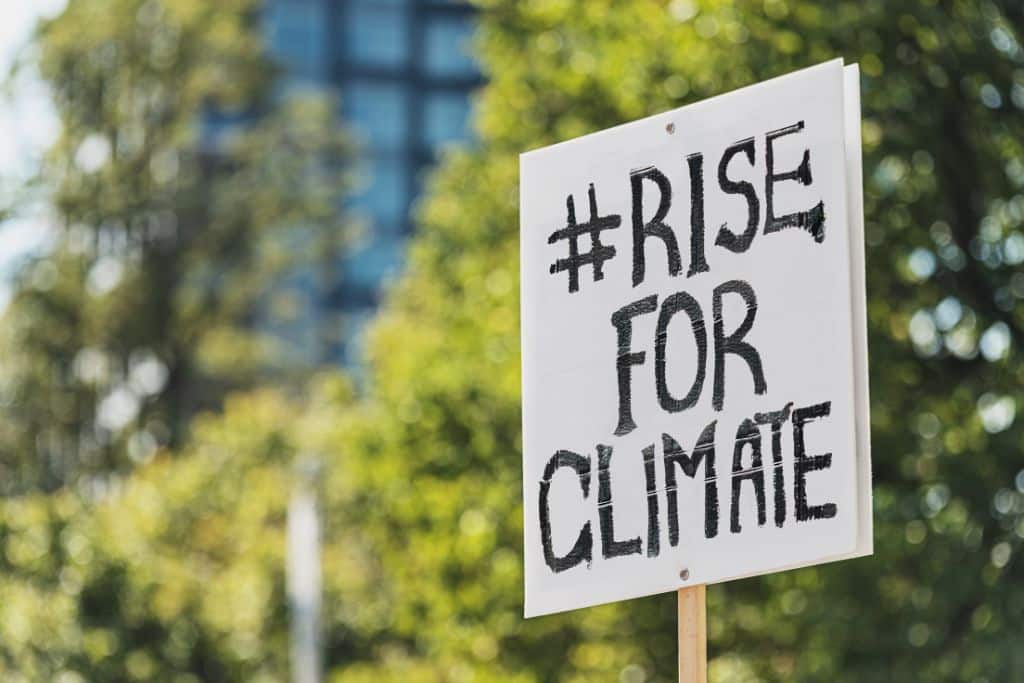The effects of climate change are devastating, and more people are joining the fight to combat this global issue. Nonprofit organisations and grassroots groups are constantly working with local communities to bring changes to environmental problems the public faces. These movements aim to bring sustainable changes locally and worldwide. Here is why grassroots organisations are essential for sustainability.
—
What Are Grassroots Movements and Why Are They Important?
Grassroots groups are ordinary citizens that come together to address a common grievance on a local level to bring about change on a local, regional, national, or international level. A grassroots movement comprises people from a community as the basis for economic or political action.
These bottom-up approaches allow people to influence policies through the action they take on a local level. The idea is that people who adopt a practice or action can have an enormous impact on a global scale.
For example, an individual that stops using single-use plastic will have a small environmental impact. However, the effect will be more significant if more people have the same goal and change their behaviours.
This is what grassroots organisations do. They bring a problem to people’s attention and invoke change through behaviours and actions.
This is only one approach and is the main focal point behind these groups. Another is the top-down method, which instills policies that force people to change their behaviours, like governments and other organisations do. While both approaches are necessary, combining them leads to a holistic outcome.
Why Are These Organisations Important?
Grassroots movements are self-organised and usually start small. They enable communities to take responsibility and action to invoke change globally.
Climate change is not the only global challenge people face, but it is a rather prominent one. Communities that are inspired and motivated enough can create lasting change. This is precisely what grassroots groups aim to achieve.
Sustainable solutions must start from the ground up. The more people are willing to work together, the quicker small actions can grow into a global phenomenon. Minor adjustments in people’s behaviour can resolve massive issues plaguing the environment.
Grassroots organisations inspire hope locally. It is not entirely about fighting larger issues such as global warming but rather making small differences to help sustain the environment and its inhabitants. People gathering for a common cause invokes action and inspires other communities and organisations to follow in their footsteps.
3 Grassroots Organisations Saving The Environment
Grassroots organisations tackle many environmental issues daily to ensure a better sustainable future. Here are three examples of grassroots groups saving the environment.
1. Swayam Shikshan Prayog (SSP)
This India-based initiative was started to promote sustainable agriculture and empower women to view challenges as opportunities. It aims to help support and sustain women in impoverished communities by providing the farming and entrepreneurial knowledge needed to survive.
SSP also trains women in farming methods that promote climate resilience, clean water, and good health while maintaining environmental sustainability, such as conservation and protection of natural resources. This is vital, as about one in three people globally cannot access safe drinking water.
2. Mikoko Pamoja
This group aims to protect mangroves, a tropical plant that helps fighting flooding and absorbs large amounts of carbon dioxide, a substantial contributing factor to global warming. The success of this project lies in its vast community engagement programmes, awareness initiatives, and the sale of mangrove carbon credits.
These mangrove carbon credits further the cause and scale of the project. The Mikoko Pamoja initiative has so far planted 56,000 mangroves and provided more than 4,000 people with clean water.
More on the topic: 7 Fascinating Facts About Mangroves You Need to Know About
3. DECOIN
DECOIN was founded in Ecuador to battle the after-effects of mining. It aims to conserve biodiversity and ecosystems while promoting the sustainable use of natural resources. This project has successfully addressed seven of the 17 Sustainable Development Goals (SDGs) set out by the United Nations.
The project’s main focus is to create forest and water reserves for subdivisions of the province. It focuses on forest protection, restoration, and land and water rights advocacy. It does this by creating local opportunities for community ecotourism, organic coffee production, sustainable aquaculture, and the reforestation of native species.
Making a Difference
Small changes can have massive impacts on the environment. This is why these grassroots organisations are so crucial to sustainability. They unite people from different walks of life to fight for one cause.
You might also like: What Is Sustainability and Why Is It Important?


















